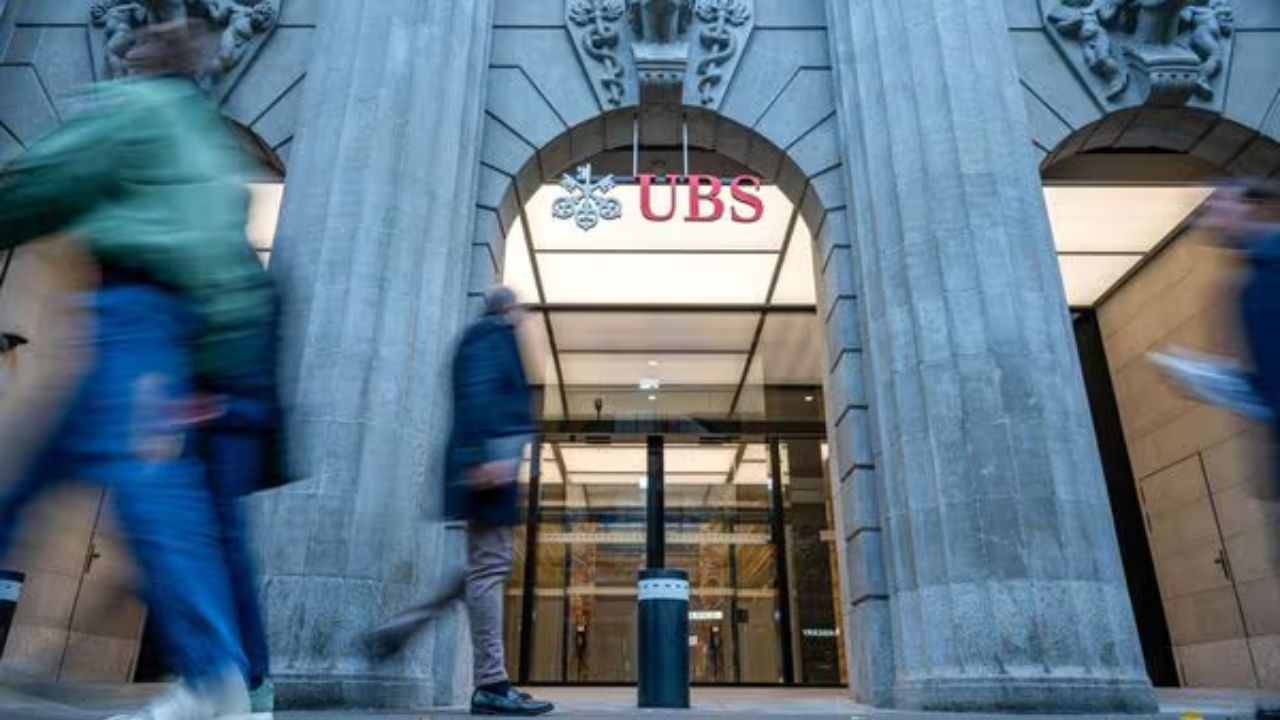UBS Reduces the EPS Projection and Cuts the S&P 500 Year-End Objective to 6,400
Due to a bleak economic forecast brought on by US tariffs, UBS Global Wealth Management reduced its 2025 earnings per share (EPS) projection for the S&P 500 benchmark from $270 to $265.
Due to the economic effects of US trade tariffs, UBS Global Wealth Management lowered the S&P 500’s 2025 goal to below 6,500, echoing moves taken by other Wall Street firms such as Barclays and Goldman Sachs. Despite maintaining an “attractive” assessment of US stocks, the wealth management division of the European bank UBS lowered its year-end index objective from 6,600 to 6,400.
Additionally, UBS reduced its 2025 S&P 500 earnings per share (EPS) projection from $270 to $265. “In the next weeks, it is probable that the policy uncertainty shock will cause more deterioration in corporate profit and economic data. Short-term volatility in US equities markets may result from this,” analysts at UBS Global Wealth Management said in a report this week.
UBS on the US Stock Market:
The new tariffs imposed by US President Donald Trump on its major trading partners include a 25% tax on vehicle imports, which has caused global financial markets to tremble. After entering correction territory in March, the benchmark index has lost more than 4% of its value this year, including Friday’s losses.
According to UBS, regulatory certainty, long-term economic development, and investments in artificial intelligence (AI) will propel US stocks to turn around and increase by the end of the year. The goal index for the brokerage is 12% higher than the most recent finish of 5,693.31. ICT is the’ most appealing’ industry, according to UBS, and it is counting on AI investments.
Due to tariff uncertainties, Goldman Sachs lowered its S&P 500 index goals earlier this month. Goldman Sachs is growing increasingly wary about the US equities and credit markets. It raised the warning in light of worries about the growing trade war that is wreaking havoc on the biggest economy in the world.
A group of analysts led by David Kostin of Goldman Sachs lowered their year-end S&P 500 goal from 6,500 to 6,200 points, citing a worse outlook for economic growth and the decline in the Magnificent Seven stock group.
Citing tariff threats and indications that the US government is prepared to accept a temporary economic downturn, Goldman Sachs strategists increased their projections for US credit spreads. Additionally, they increased their forecasts for European profitability and anticipated that the region’s credit spreads would be more resilient than those of the US.
In contrast to their prediction of 295 basis points, the strategists anticipate that spreads for US high-yield debt would increase to 440 basis points in the third quarter. Speculative-grade corporations are seen to be less likely to default if the growth forecast is favorable, and junk bond spreads are a good way to gauge how people feel about the economy. A reduced premium for the loan is acceptable to investors.







